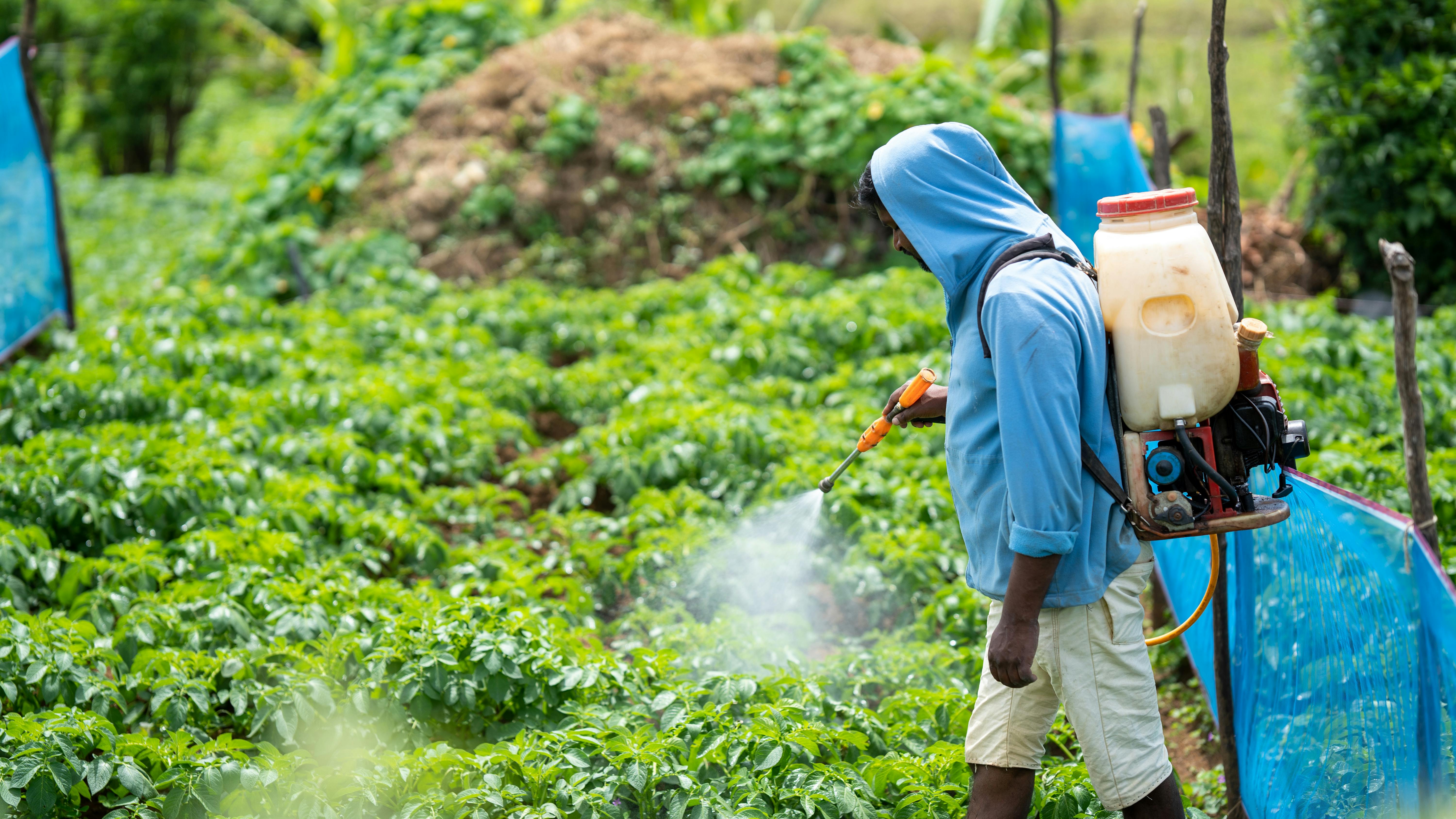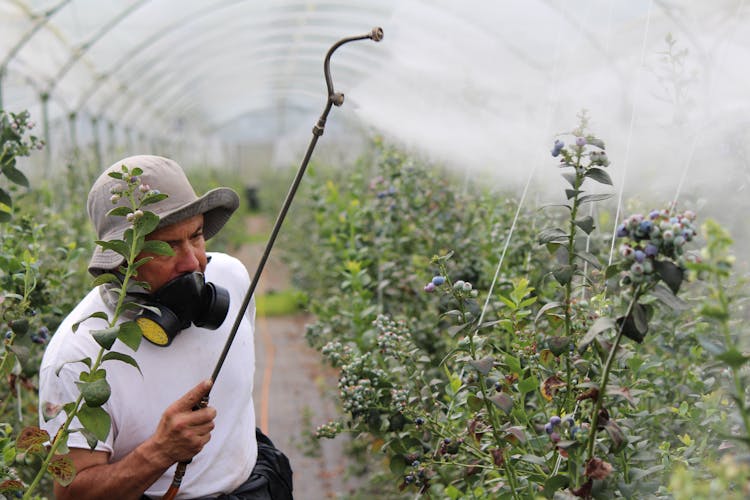All Categories
Featured
Table of Contents



Pesticides, while beneficial in managing agricultural pests, often have unintended consequences on non-target wildlife. Effects range from acute toxicity to more subtle chronic impacts like reproductive failure and immune suppression. Each year, countless wildlife species are subjected to the hazards posed by widespread pesticide use, affecting both terrestrial and aquatic habitats.
Regulatory frameworks like the Endangered Species Act necessitate detailed examinations of how pesticides might impact wildlife prior to their approval. These assessments are crucial to ensuring the survival and health of species particularly vulnerable to chemical exposures.

Moreover, international treaties like the Stockholm Convention play a significant role in global pesticide regulation. The purpose of these international agreements is mainly to restrict or eliminate the use and production of Persistent Organic Pollutants (POPs), including certain pesticides, thus protecting wildlife on a global scale.
Dangers Posed by Pesticides to Wildlife
Wildlife faces numerous threats from pesticides through direct exposure or contamination of their natural habitats. Pesticides entering aquatic ecosystems through runoff lead to significant risks for the organisms living in these habitats, resulting in disrupted reproductive patterns and increased mortality rates.
Birds, a critical part of the ecosystem, can consume pesticide-contaminated insects or seeds, leading to poisoning and decline in bird populations, disrupting ecological balance.
Economic Repercussions of Wildlife Loss Due to Pesticides
The decline in wildlife populations due to pesticides not only affects biodiversity but also has significant economic repercussions. Tourism, particularly wildlife and eco-tourism, can suffer greatly if iconic species start to disappear. Furthermore, the loss of species like bees, essential for pollination, can also adversely impact agricultural productivity, ultimately affecting food security and economies dependent on agriculture.
Organic Systems: A Solution to Protecting Wildlife
Transitioning to organic farming methods can substantially mitigate the adverse effects of pesticides on wildlife. Organic systems restrict the use of synthetic pesticides, opting instead for more natural, less harmful pest control methods. This not only lowers immediate risks to wildlife but also fosters a more biodiverse and sustainable environment.
Insights into Avian Conservation Breeding demonstrate that less chemical-intensive farming supports not just crop health but also wildlife resilience, emphasizing the dual benefits of organic agriculture.
Utilizing Laws to Protect Wildlife from Pesticides
Legislation is pivotal in ensuring wildlife protection against pesticides. Effective legislation, along with diligent enforcement, is essential in monitoring and controlling pesticide application to minimize environmental threats. Regulatory mechanisms need to be constantly updated to respond to new scientific findings and technological developments in pesticides to stay effective.
Furthermore, actions such as habitat restoration and the creation of buffer zones can also be legislated from the negative impacts of pesticide use.
Latest Posts
No More Excuses: Powerful Ways to Stay Committed to Exercise
Integrated IT Services for Seamless Operations
Understanding the Impacts of Pesticides on Wildlife